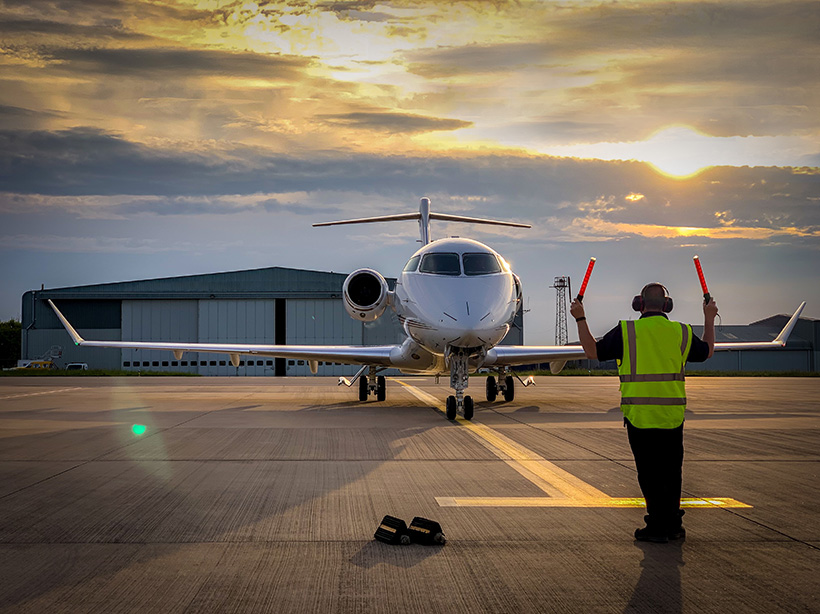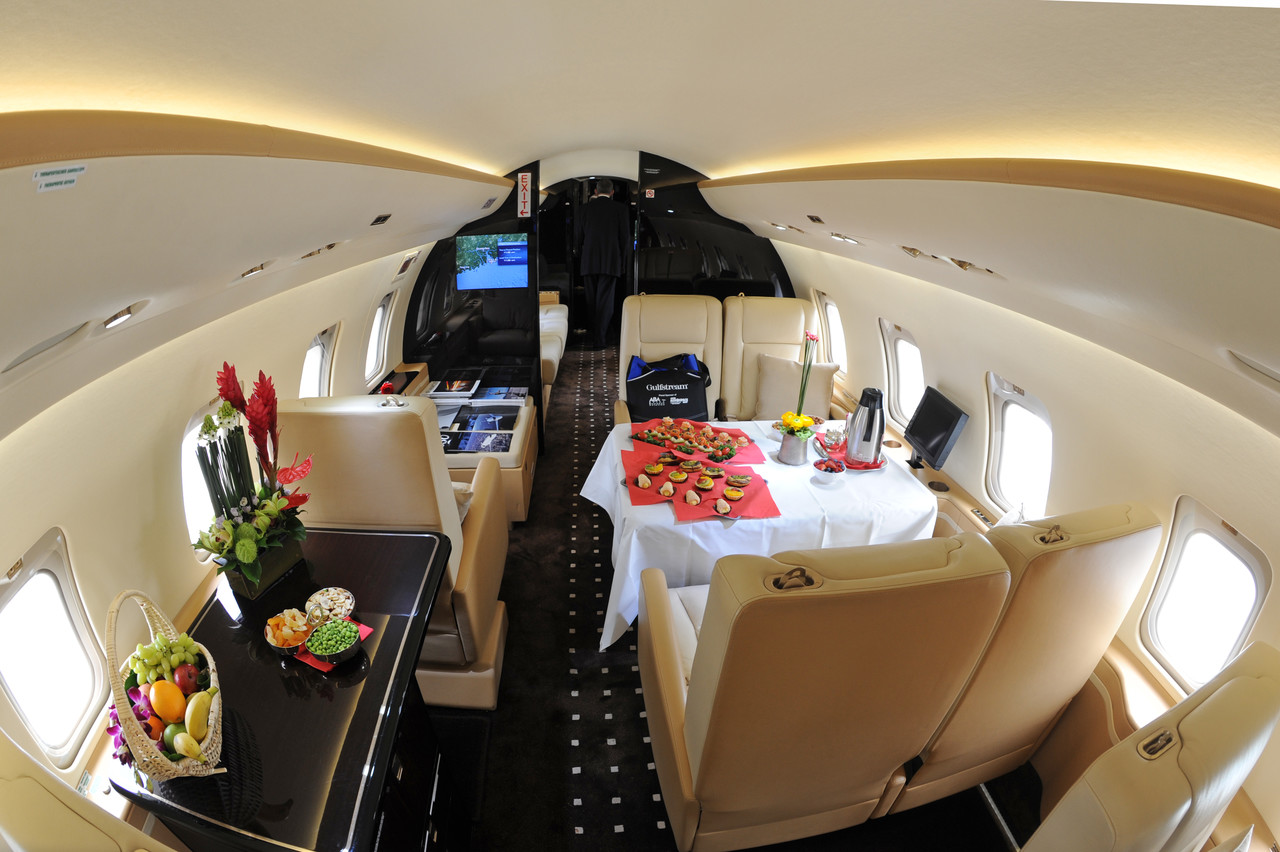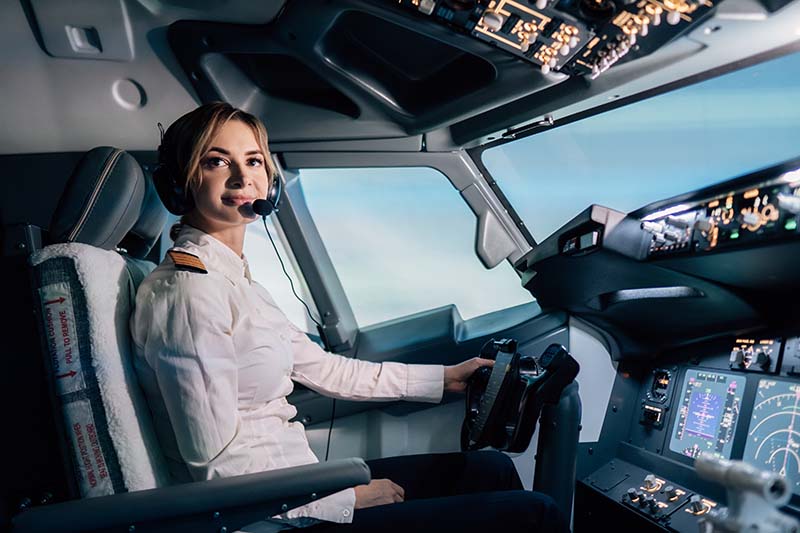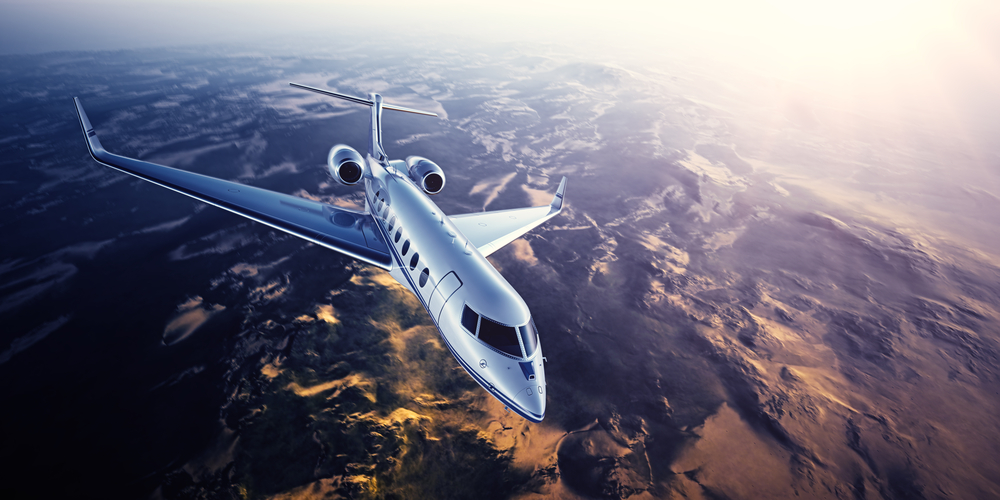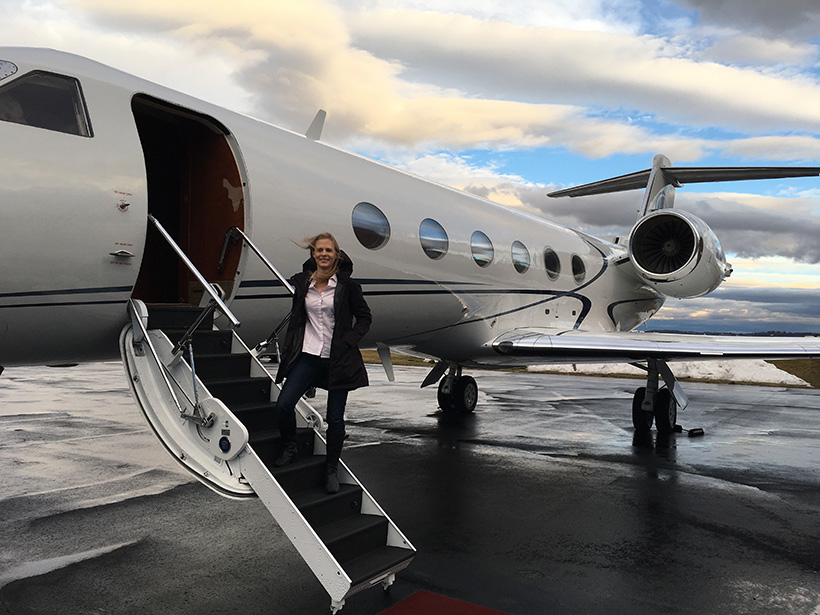Airport runways are defined by the International Civil Aviation Organization (ICAO) as designated areas of land from which an aircraft can take off and land. Generally speaking, runways resemble a wide road and can be made using either asphalt, concrete, or a mixture of both. Some aerodromes and smaller airports use natural surfaces like dirt, grass, gravel, sand, salt, and, in the case of Antarctica, ice.

The first concrete paved runway dates from the First World War (WWI) when French company Michelin constructed one in Clermont-Ferrand for its Bréguet Aviation factory, while other countries continued using grass runways for takeoffs and landings.
When American pilots returned home from WWI, aircraft were plentiful and cheap, so many bought aircraft to give joy rides and perform in what was then called "Flying Circuses." Back then, aerodromes and prepared grass landing areas were few and far between, leaving Barnstormers looking for a suitable farmers' field to land.
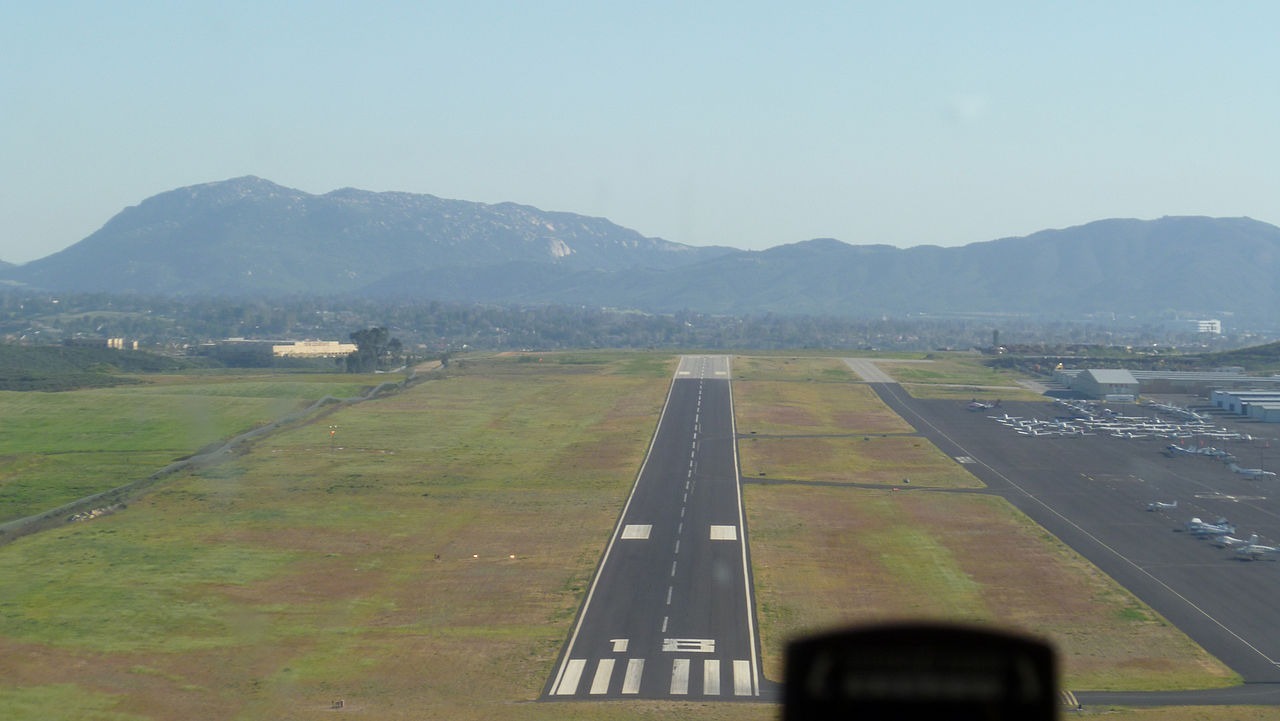
In 1919, American aviation pioneer Orville Wright talked about the need for prepared landing spaces that would be marked to help assist pilots. The problem with this was that they were costly to build and, once constructed, needed to be maintained. Even in the early days, pilots knew that it was advantageous to take off and land into the wind and, for this reason, always had runways aligned with the prevailing wind.
Realizing the critical part wind played, airfields in the United Kingdom began using three runways constructed in a triangle pattern. Elsewhere, flying boats became popular as they could land and take off from water, negating the need for runways.
Concrete runways were built for heavy bombers
During World War Two (WWII), it became apparent that a more durable surface was needed for large bombers, so militaries began paving old grass airfields with concrete. This led to the demise of flying boats as large passenger aircraft could now efficiently operate from land.
Why are runways numbers?

Runways are numbered to differentiate one from another according to their compass bearings between 01 and 36. The numbers are measured clockwise from magnetic north using the azimuth of the runway centerline. Letters are used to separate runways that point in the same direction with two parallel runways marked R for right and L for left. If there are three parallel runways, the one in the middle would be designated runway C.
Runway lengths and widths
From above, many runways appear to have the same dimensions, but this could not be further from the truth. When airports construct runways, they consider the aircraft type they want to handle. Small general aviation airports do not need to be able to handle large widebody jets, so they can get away with shorter, less wide runways.
General aviation aircraft such as the famous Cessna 172 can operate from runways as short as 805 feet at sea level. One of the most popular private jets to charter in the United States is the Cessna Citation X, which needs a runway of at least 5,280 feet. Large widebody commercial jets like the Boeing 777 need a runway at least 8,000 feet long at sea level and longer still at higher elevations as the air is less dense.
The runway length and width are important
When talking about runways, it is always how long the runway is, even though knowing the width of the runway is equally essential, especially when making crosswind landings. If a runway is wider than one that a pilot is not used to landing on, it can appear as if he is lower to the ground than he is. It is the opposite for narrower runways that give the illusion of being higher than you are. For this reason, a series of white markers referred to as "piano keys" are painted on the threshold of the runway. Four stripes = 60 feet, six stripes =75 feet, eight stripes =100 feet, twelve = 150 feet, and sixteen stripes = 200 feet.
The runway width depends on the aircraft the airport is designed for. A Cessna 172 can land on a narrow 36-foot-wide runway, while the Cessna Citation X is happy with at least a 100-foot-wide runway. For large commercial jets, the standard is 150 to 200 feet wide.

Runways also have a white center line painted the length of the runway to assist pilots with aircraft alignment during takeoff and landings. At night or during poor weather conditions, airports have lighting systems that replace painted runway markings.
Photos: Tomas Del Coro|Wikimedia Commons, WingTip Vortex|Wikimedia Commons,
